
Valles Marineris on Mars extends nearly a quarter of the circumference of the planet's equator.
What is it: Kandor Chasma, a large canyon on Mars.
Location: Valles Marineris, the largest network of canyons in the solar system.
When published: August 14, 2025
Mars has a vast network of canyons that stretches for about 4,000 kilometers around the equator. This canyon system, called Valles Marineris, is the largest in the solar system, dwarfing Earth's largest canyon, which stretches 750 kilometers beneath the Greenland ice sheet. (Condolences on the Grand Canyon and its mere 440 kilometers of length.)
First photographed by NASA's Mariner 9 spacecraft in 1972, Valles Marineris has been repeatedly photographed by NASA's Mars Reconnaissance Orbiter's HiRISE camera during its 19 years in orbit. However, this geological wonder still holds many secrets.
This latest image, taken May 24 and released last week, shows the eastern slope of Candor Chasm, one of the largest canyons in Valles Marineris. The findings could change planetary scientists' understanding of Mars' ancient environment.
You may like
-
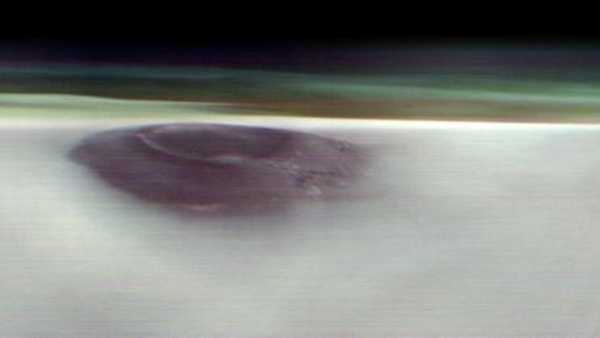
NASA Captures Martian Volcano Twice as Tall as Everest Breaking Through Morning Clouds: Space Photo of the Week
-

If aliens existed on Mars 3.7 billion years ago, they would have needed umbrellas.
-

Why does Mars look purple, yellow and orange in ESA's stunning new satellite image?
Scientists at the University of Arizona's Lunar and Planetary Laboratory, which developed and operates the camera, said in a description of the image that, using its ability to see detail down to the size of a kitchen table, HiRISE created an image that shows layered sedimentary rock deposits several meters thick. Importantly, these sedimentary rock layers likely date to after the formation of the canyon itself, as they appear to have been eroded, deformed, and folded by tectonic movements.
RELATED STORIES
— A giant “X” symbol, in the form of two intersecting rays of light from the sky, appears over Chile.
— The James Webb Telescope has captured one of the deepest images of the Universe.
—NASA has released 9 stunning X-ray images of space
Mars does not have plate tectonics like Earth. According to NASA, its crust is one giant plate. However, as it cools, faults and cracks still form in the Martian crust. Unlike Earth's Grand Canyon, which is cut by a river, Valles Marineris, including Candor, is thought to have formed as a result of volcanic activity, with landslides, floods, and erosion later giving it its modern appearance.
In 2021, the European Space Agency (ESA) reported that the ExoMars Trace Gas Orbiter, a joint mission between ESA and the Russian Space Agency, had detected water beneath the surface of Candor Chasm. It is estimated that up to 40% of the near-surface material in Valles Marineris may be water. This is similar to permafrost regions on Earth, such as Alaska, Canada, Greenland, and Siberia, where water ice is permanently preserved beneath dry soil due to persistent cold temperatures.
The steep slopes and chaotic landscape make exploring Kandor Canyon a challenging task for a rover. However, the German Space Agency's Valles Marineris Exploration project is investigating the possibility of sending a team of autonomous rovers, crawlers and drones into this challenging terrain.
For more amazing space photos, check out our Space Photos of the Week archive.
TOPICS space photo of the week

Jamie Carter, Social Link Navigator, Live Science Contributor
Jamie Carter is a freelance journalist and regular Live Science contributor based in Cardiff, UK. He is the author of The Beginner's Guide to Stargazing and lectures on astronomy and nature. Jamie writes regularly for Space.com, TechRadar.com, Forbes Science, BBC Wildlife magazine, Scientific American and many other publications. He edits WhenIsTheNextEclipse.com.
You must verify your public display name before commenting.
Please log out and log back in. You will then be prompted to enter a display name.
Exit Read more
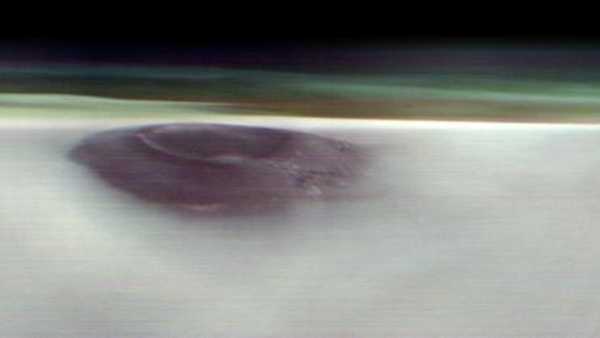
NASA Captures Martian Volcano Twice as Tall as Everest Breaking Through Morning Clouds: Space Photo of the Week

If aliens existed on Mars 3.7 billion years ago, they would have needed umbrellas.

Why does Mars look purple, yellow and orange in ESA's stunning new satellite image?
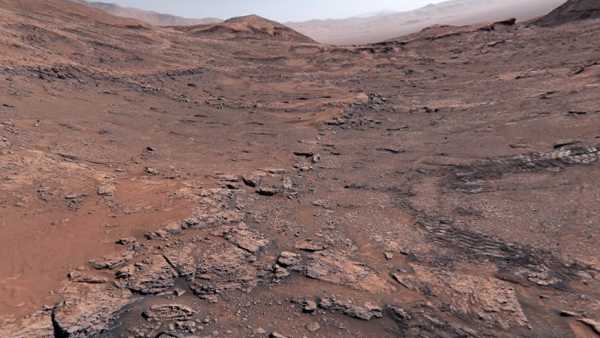
Mars rover takes first close-up photos of giant 'webs' on the Red Planet

3I/ATLAS is 7 miles wide, making it the largest interstellar object ever observed, new images from the Vera C. Rubin Observatory show.

6 Incredible Objects Hidden in Vera K. Rubin Observatory's Stunning First Image. Latest News from Space

James Webb Telescope Captures Brightest FRB Ever Recorded

Asteroids Bennu and Ryugu May Be Long-Lost Siblings, JWST Hints

In September we will have an “equinox eclipse”
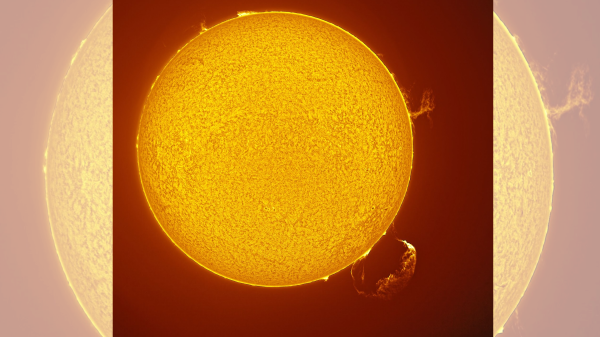
A solar tornado rages across the Sun, spewing out a giant plume of plasma.

“Why Would You Even Go There?”: Readers React to Hypothetical 400-Year Journey to Alpha Centauri

Uranus Has a New Hidden Moon, James Webb Space Telescope Says. Latest News.
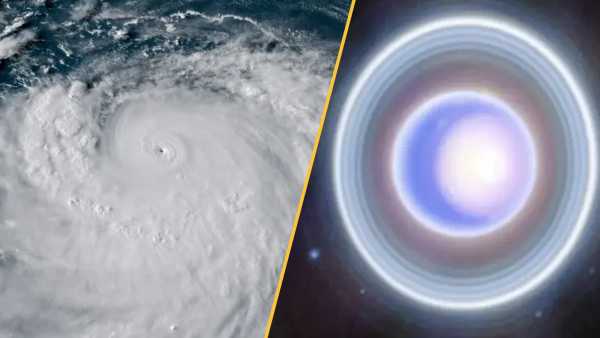
Science news this week: Storms rage on Earth and the Sun, and a new moon has been spotted around Uranus.

Man's preference for 'soft' bacon may have caused his brain to become infected with worms

“We know what to do; we just need to implement it.” Pregnancy in the U.S. is more dangerous than in other rich countries. But we can fix it.
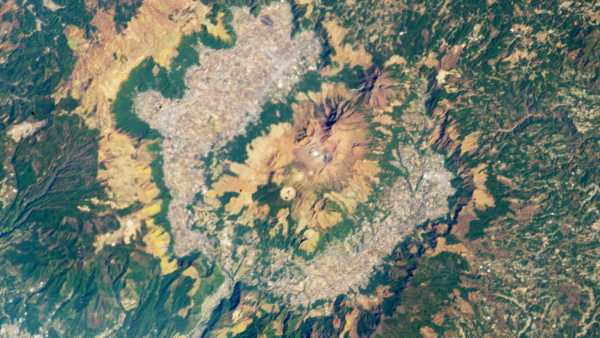
Japan's supervolcanic “hell” caldera is home to 17 different volcanoes.

Which Roman emperor reigned the longest?
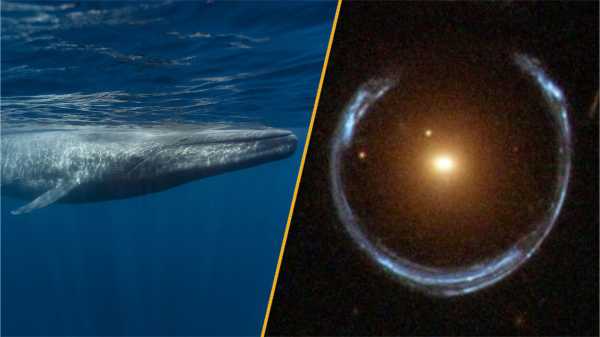
Science News This Week: Black Holes Galore and Blue Whales That Still Sing LATEST ARTICLES

1What is the slowest animal in the world?
Live Science is part of Future US Inc., an international media group and leading digital publisher. Visit our corporate website.
- About Us
- Contact Future experts
- Terms and Conditions
- Privacy Policy
- Cookie Policy
- Accessibility Statement
- Advertise with us
- Web Notifications
- Career
- Editorial Standards
- How to present history to us
© Future US, Inc. Full 7th Floor, 130 West 42nd Street, New York, NY 10036.
var dfp_config = { “site_platform”: “vanilla”, “keywords”: “type-regular,serversidehawk,van-enable-adviser-
Sourse: www.livescience.com





